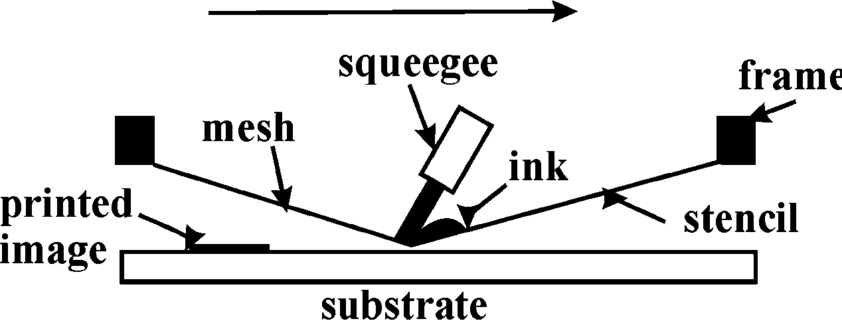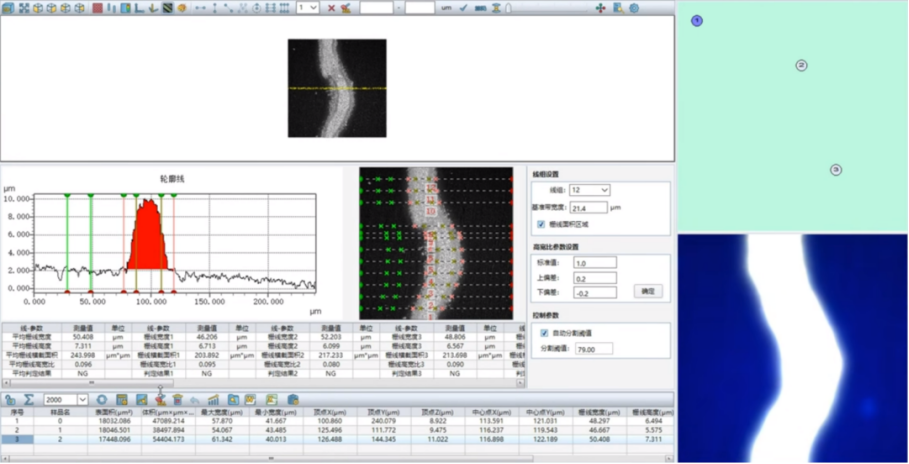
Quantum Efficiency Tester
PL/EL Integrated System
PV-Reflectumeter
3D Confocal Microscope
In-Line Four Point Probe Tester
Four Point Probe Tester
In-Line Thin Film Thickness Tester
Raman Spectrometer
FTIR Spectrometer
Spectrophotometer
Automatic Spectroscopic Ellipsometer
Contact Resistance Tester
Ultra depth of field 3D microscope
Auto Visual Tester
VMM PV Vision Measuring Machine
Solar Cell Horizontal Tensile Tester
Steady State Solar Simulator for Solar Cell
Solar Cell UV Aging Test Chamber
Solar Cell Comprehensive Tensile Tester
Visual Inspection Tester
Wet Leakage Current Tester
PV Module EL Tester
PV Module UV Preconditioning Chamber
Steady State Solar Simulator for PV Module
Current Continuous Monitor
Potential Induced Degradation Test
Bypass Diode Tester
LeTID Test System
Reverse Current Overload Tester
Impulse Voltage Tester
Hipot Insulation Tester
Ground Continuity Tester
Hipot Insulation Ground Tester
Damp Heat Test Chamber
Humidity Freeze Test
Thermal Cycle Test Chamber
Dynamic Mechanical Load Tester
Static Mechanical Load Tester
Hail Impact Tester
Robustness of Termination Tester
Module Breakage Tester
Cut Susceptibility Tester
Peel Shear Strength Tester
Universal Testing Machine (Single-arm)
Universal Testing Machine (Double-arm)
Glass Transmittance Tester
Acetic Acid Test Chamber
EVA Degree of Crosslinking Test System
Junction Box Comprehensive Tester
Drop ball tester
Semi-automatic scanning four-probe tester
Stylus Profilometer
Maximum Power Point Tracker
Perovskite Glass Transmittance Tester
Perovskite P1 Laser Scribing Multifunctional Testing Machine
Perovskite Online PL Tester
Perovskite Online Sheet Resistance Tester
Online Perovskite Film Thickness Tester
Perovskite Process Inspection Workstation
Portable IV Curve Tester
Portable EL Tester
Portable Thermal Imaging Tester
Solar Module Multi-Channel Testing System
PV Inverter Power Quality Tester
Drone EL Tester
IV Tester
IVEL Cell Sorting Machine
The "Scientific Prosecutor" of Screen Printing Technology
Date : 2024-03-12Views : 130
Evaluation refers to the conclusion drawn after judgment and scientific analysis of a thing, and the same is true for the evaluation of the quality of the screen printing process. After the screen printing production process is completed, in order to scientifically evaluate the quality of the production process, it must be indirectly scientifically tested from many aspects. 3D Confocal Microscope has fully accomplished this. This equipment can be used to detect the quality of the screen printing process by understanding the data parameters of the grid lines of solar cells, such as width, height, aspect ratio, etc. to reflect and evaluate whether the quality of the screen printing process meets industrial standards. In this way, we can truly achieve the purpose of getting substantial praise from the majority of photovoltaic enterprise users by virtue of the functions and technologies of the equipment.
3D Confocal Microscope – scientific evaluation of screen printing processes
The reason why a complete production process is complete needs to be evaluated through subsequent testing processes. In order to scientifically and intelligently evaluate the quality of the screen printing process, the 3D Confocal Microscope, which is the "scientific prosecutor" of the screen printing process, was born. This equipment is an optical instrument specially used in the photovoltaic industry to inspect the quality of grid lines and textures on the surface of solar cells, its targeted inspection of screen printing process quality is the best in the industry!
● Accurate and reliable 3D measurement to achieve real-time confocal microscopy images
●Ultra-high confocal lens, Z-axis display resolution can reach 1nm
● Maximum comprehensive magnification of 198-39966 times, accurate measurement of sub-micron morphology
● Fully automatic measurement and rapid data generation
● Comprehensive feedback on cleaning texturing and screen printing processes
● Gives a variety of confocal color images
● Integrated operation, Chinese interface, friendly measurement and analysis software
What exactly is screen printing?
The screen printing process is a method that uses a screen as a printing plate and uses photosensitive plate making to make the mesh of the graphic part transparent with ink, and the mesh of the non-graphic part impermeable to ink.
Specifically, the working principle of the screen printing process is to use the basic principle that ink can pass through the graphic part of the screen printing screen, and the non-graphic part of the mesh is blocked for printing. When printing, pour ink into one end of the screen printing screen, use a scraper to apply a certain amount of pressure on the ink part of the screen printing screen, and at the same time move towards the other end of the screen printing screen at a constant speed. The ink is removed from the graphic part of the screen by the scraper during the movement.

Screen printing process diagram
Due to the viscosity of the ink, the imprint is fixed within a certain range. During the printing process, the scraper is always in line contact with the screen printing screen and the substrate, and the contact line moves with the movement of the scraper.
Since there is a certain gap between the screen printing screen and the substrate, the screen printing screen generates a reaction force on the scraper through its own tension during printing. This reaction force is called rebound force.
Scientific evaluation of grid line measurement - clear and objective parameter characterization
3D Confocal Microscope not only has a fully automatic measurement function, but also can accurately measure the surface of solar cells through ultra-high measurement accuracy and high-tech confocal microscopy technology. However, other similar 3D microscopes often suffer from a series of problems encountered during measurement, such as long measurement time, low measurement accuracy, and cumbersome measurement procedures, which affect the manufacturer's normal inspection after the screen printing and cleaning and texturing processes.

Compared with other 3D microscopes, the 3D Confocal Microscope solves this problem to a great extent. And when measuring the grid lines during the inspection, it can perfectly characterize a series of data parameters such as the width, height, and aspect ratio of the grid lines through its own functions and technology, and use these parameters to compare with the screen printing stencil to help manufacturers conduct detailed proofreading and calibration, truly scientifically evaluate grid line measurements and objectively characterize data parameters!
The 3D Confocal Microscope can not only scientifically evaluate the quality of the screen printing process, but also detect and characterize the cleaning and texturing production process and its parameters through its own functions, thereby helping manufacturers produce high-quality solar cells! From the past to the present and into the future, Millennial Solar will maintain and continue to work hard for the development of the photovoltaic industry and the strategic plan of "carbon neutrality" to create a new photovoltaic tomorrow!

































































